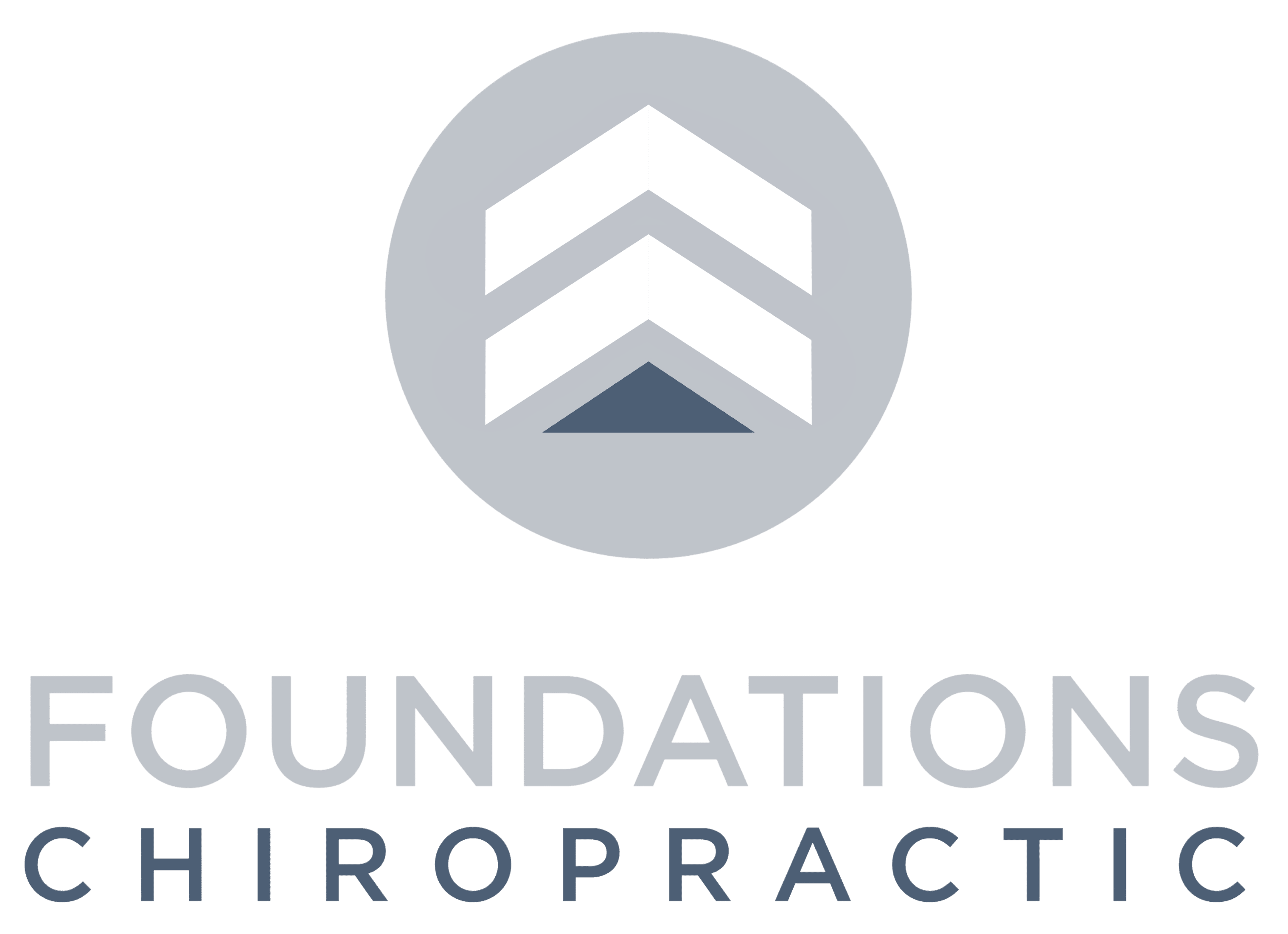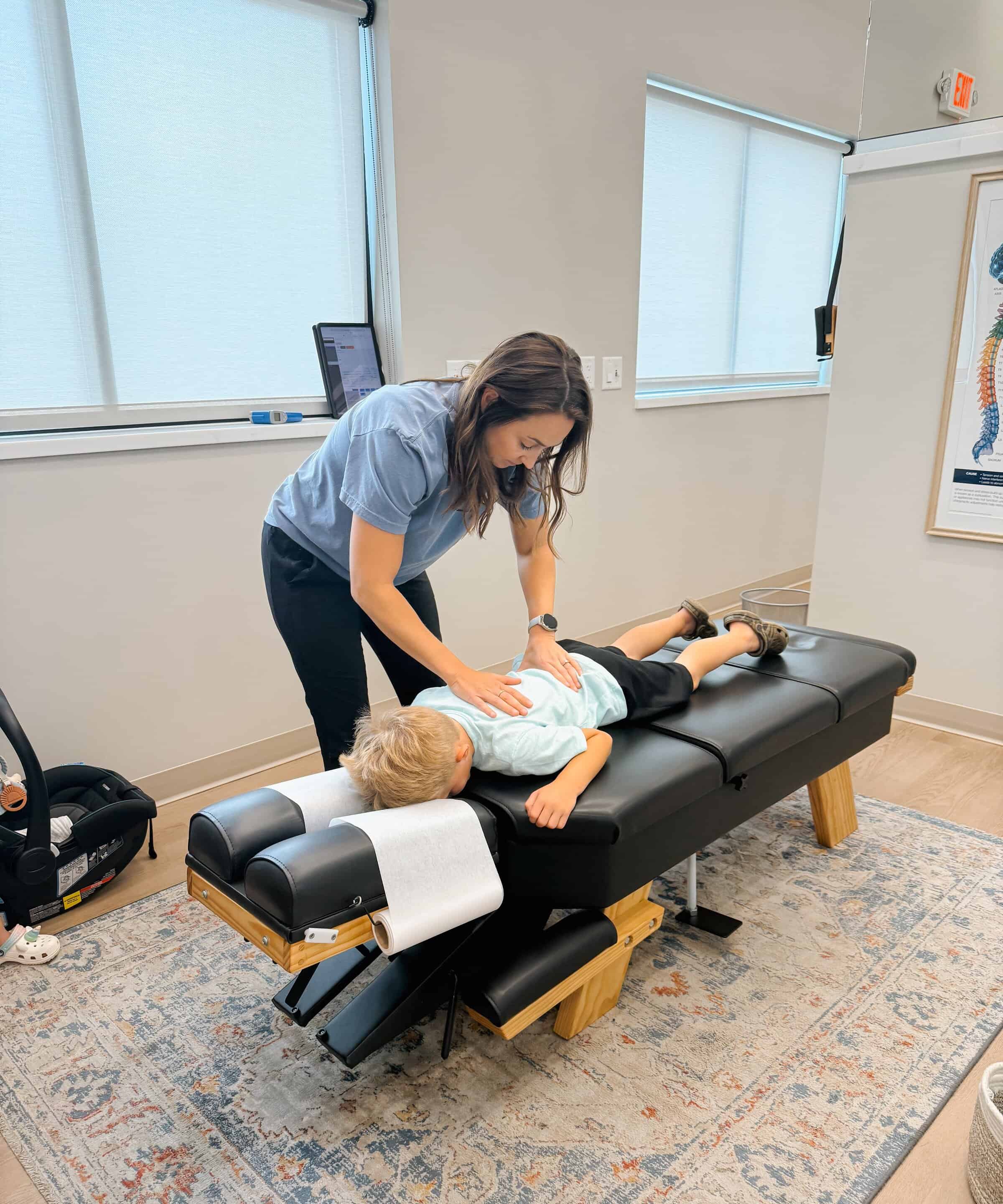As a parent, few things are more heart-wrenching than watching your child meltdown before school, struggle to fall asleep, or show signs of anxiety and overwhelm. Maybe you’ve noticed how stress doesn’t just affect their mood—it also shows up as tummy aches, attention issues, emotional outbursts, or even more frequent illnesses.
You’re not imagining it.
And you’re absolutely right to be concerned.
Chronic stress in kids is rising. In fact, studies show that over one-third of children in the U.S. experience stress-related health challenges. But here’s what most parents don’t hear from their pediatrician—not all stress is bad. Some stress is actually essential for your child’s brain development and long-term resilience.
The key is understanding the difference between beneficial and harmful stress—and how your child’s nervous system determines which direction that stress will go.
The Role of Stress in Your Child’s Nervous System
Stress isn’t just an emotional experience—it’s a full-body neurological event. The moment your child encounters a stressor (a noisy classroom, a test, an argument, a missed nap), their brain triggers a survival response through the Autonomic Nervous System.
This system has two main branches:
- Sympathetic Nervous System – the “gas pedal,” responsible for fight-or-flight
- Parasympathetic Nervous System – the “brake pedal,” which helps the body rest, digest, and regulate
When both branches work in balance, stress can be healthy. But when your child’s nervous system becomes stuck in gas pedal mode, they lose the ability to calm, regulate, and recover—creating chronic issues like sleep problems, emotional dysregulation, focus challenges, immune weakness, and more.
And here’s where it becomes especially important: your child’s nervous system is still developing. Over 1 million neural connections are formed every second in early childhood. These stress patterns—whether regulated or dysregulated—become hardwired into the brain and body.
Not All Stress Is Created Equal
Let’s break it down simply:
✅ Healthy Stress (Hormetic Stress)
This is short-term, manageable stress that builds your child’s nervous system like a muscle. Think:
- Learning a new skill like swimming or tying shoes
- Tackling a tricky puzzle or math problem
- Navigating social situations or trying out for a team
- Experiencing age-appropriate disappointment
These experiences strengthen the vagus nerve, improve neurological resilience, and create adaptable, flexible nervous systems.
❌ Harmful Stress (Chronic Stress)
This is long-term, repetitive stress without adequate recovery—where the “gas pedal” is constantly pressed down. Think:
- Ongoing family conflict or instability
- Academic overload or sensory overwhelm
- Birth trauma or early medical interventions
- Frequent illness, poor sleep, food intolerances
- Too much screen time or not enough downtime
Chronic stress overwhelms the nervous system and suppresses the vagus nerve’s ability to regulate. This creates long-term challenges like anxiety, ADHD, digestive issues, immune weakness, and behavior difficulties.
The “Perfect Storm” That Leads to Health Challenges
In our office, we talk often about the “Perfect Storm.” This is the cumulative effect of stress starting as early as pregnancy or birth that leads to nervous system dysfunction later in childhood.
For example:
- A mom’s stress during pregnancy → affects baby’s developing stress response
- A traumatic birth or intervention (like a C-section) → causes tension and subluxation in the spine
- Repeated illnesses, toxins, and emotional stressors → build up over time, disrupting the nervous system
Eventually, this creates a pattern of dysautonomia—where the nervous system can no longer respond and recover properly. That’s when we start seeing those symptoms that lead to diagnoses like ADHD, anxiety, sensory processing challenges, chronic illness, and more.
Signs Your Child May Be Stuck in “Stress Mode”
Because kids don’t always have the words to tell you what’s wrong, their bodies will often speak for them.
Here are common physical signs of nervous system stress:
- Trouble falling or staying asleep
- Tummy aches or irregular digestion
- Frequent colds or infections
- Headaches or unexplained body pain
- Sensitivity to noise, light, or crowds
And behavioral/emotional signals:
- Emotional meltdowns or sudden mood swings
- Difficulty transitioning or adapting
- Fear, worry, or separation anxiety
- Trouble focusing or sitting still
- Withdrawal or lack of motivation
These symptoms aren’t just “a phase.” They’re signs that your child’s nervous system is struggling—and that help is needed at the root.
How Neurologically-Focused Chiropractic Care Helps
The good news? The nervous system is incredibly adaptable. And with the right kind of support, it can heal.
At our office, we start with a deep look inside your child’s nervous system using INSiGHT Scanning Technology. These non-invasive scans show us where stress has built up, where communication is blocked, and how balanced (or imbalanced) your child’s autonomic nervous system is.
From there, we deliver gentle, neurologically-focused adjustments to release tension, restore balance, and allow the parasympathetic “brake pedal” to activate. Over time, this improves vagus nerve tone, reduces inflammation, and supports the body’s ability to rest, heal, and regulate.
What parents often notice first:
- Better sleep
- Calmer moods and fewer meltdowns
- Healthier digestion and fewer illnesses
- More focus and confidence
- Less reactivity and more regulation
What You Can Do at Home to Support Stress Resilience
While chiropractic care is foundational, here are some daily ways you can support your child’s nervous system regulation:
🕐 Consistent Routines – predictability helps kids feel safe
🌳 Nature Time – time outdoors calms the nervous system
🛁 Sensory-Friendly Spaces – keep noise and visual clutter low
🧘 Body-Based Activities – things like yoga, deep pressure, or trampoline jumping
🥑 Anti-Inflammatory Nutrition – whole foods, omega-3s, and water
📱 Screen Limits – especially before bedtime
Stress Isn’t the Enemy—Dysregulation Is
Your child doesn’t need a stress-free life to thrive. In fact, overcoming age-appropriate challenges is what builds true confidence and resilience.
But they do need a nervous system that can respond to stress and recover efficiently.
By addressing the neurological root of chronic stress patterns—and supporting their system with care, connection, and consistency—you’re giving your child one of the greatest gifts: lifelong adaptability and well-being.
Ready to Get Started?
If you’re noticing signs of nervous system stress in your child and want to dig deeper, we’re here to help.
Reach out to our team to learn more about how INSiGHT Scans and nervous system care can help your child thrive—calmly, confidently, and connected.

